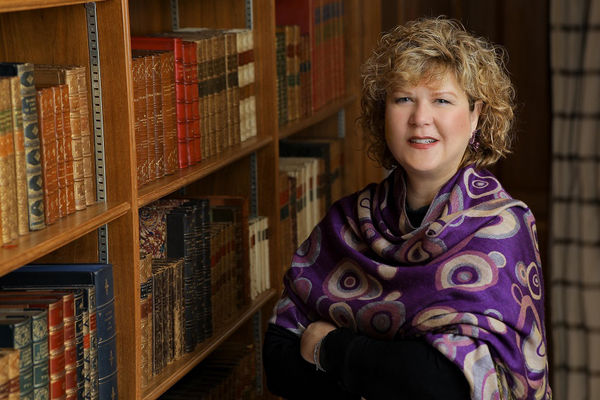In an email sent to the campus community on Jan. 29, 2021 President Elizabeth Davis shared a new initiative to improve campus diversity, equity, and inclusion: the Strategic Diversity Plan (SDP). The SDP features four goals that broadly address the recruitment, retention, support, and advancement of underrepresented community members past and present. On Feb. 5, Davis shared her thoughts on the SDP with The Paladin’s editorial board via Zoom. Here is what we learned:
Planning specific strategies. Each of the goals of the SDP features two or three specific objectives, which serve as guidelines for the development of actionable strategies. The SDP website outlines a plan for the development and revision of proposed strategies by utilizing committees, virtual forums, and “discussions with constituent groups and campus community.” According to Davis, strategies to address the SDP objectives will be developed using input from administration, faculty, staff, and students via climate surveys.
Implementation of strategies. Although the SDP specifies that the implementation of strategies will begin in fall 2021, Davis shared that some programs may begin as early as this semester. For example, to address the third goal of the SDP, which seeks to “support inclusive excellence within the formal curriculum and within our co-curricular and extra-curricular experiences,” Davis explained that training around “inclusive pedagogy” is being developed and may be implemented this spring.
However, it may take years for many of the effects of the SDP to be felt by our community. “Unfortunately, as you are only here for four years,” Davis explained, “you may only see things started but not finished.” Davis elaborated that “Higher Ed. moves at a slower pace,” contributing to the speed of implementation of University policies.
Removing barriers. A central message around the SDP is the removal of barriers to access, opportunities, and support, especially for members of underrepresented communities. According to Davis, “we need to remove barriers” to strive towards our campus goal of inclusive excellence. “As an institution, we need to understand what barriers keep students from being successful,” Davis elaborated. “In addition to providing areas of support, we need to create opportunities for students to feel a greater sense of belonging and a greater place of success.”
Davis commended the Chemistry Department for already utilizing policies that help remove barriers to access, such as offering multiple lab times for students at various times throughout the week. These flexible options help “remove barriers for athletes and students that have to work,” Davis shared.
Moving forward. As the University moves forward with developing strategies to accomplish the SDP, Davis stressed the importance of relying on “real knowledge, not just feelings.” Thus, the next few months of drafting and revising policies will require intentionality, both from community members providing their ideas and perspectives to the administrators who incorporate their input.
